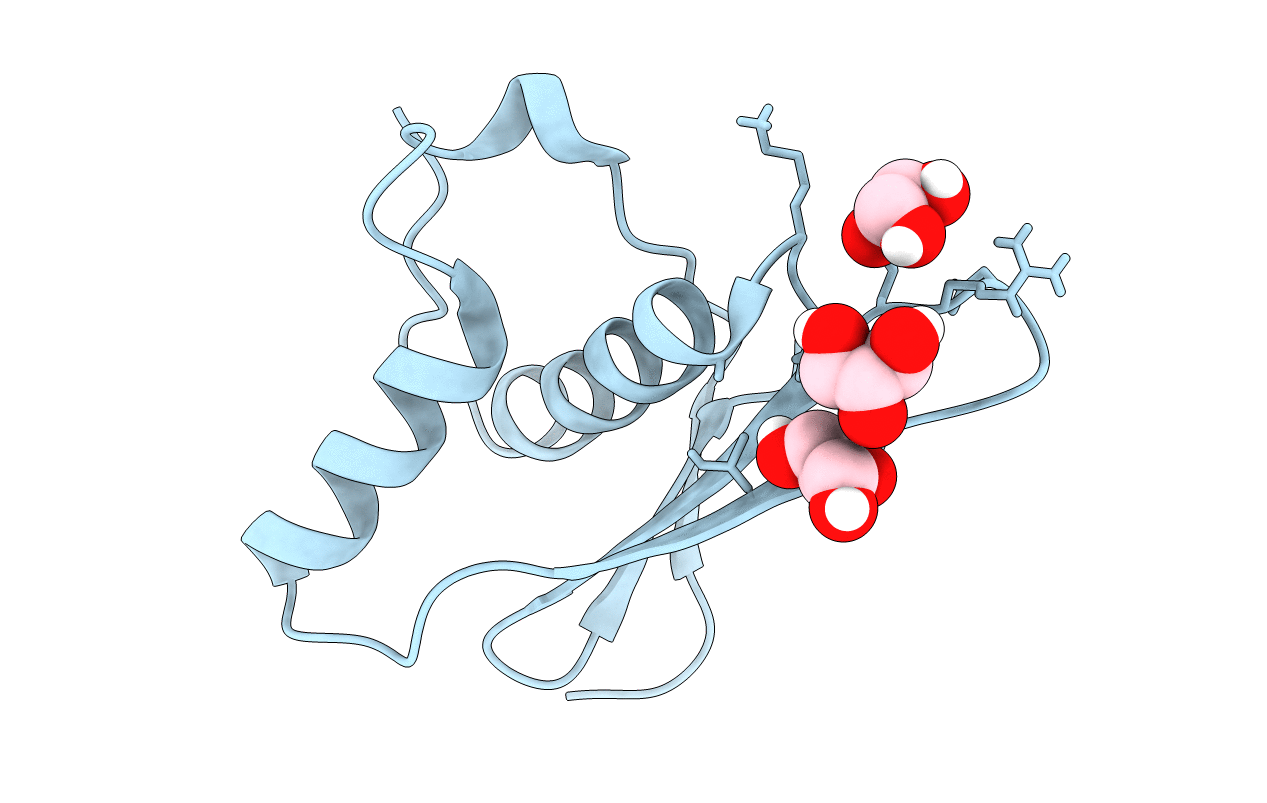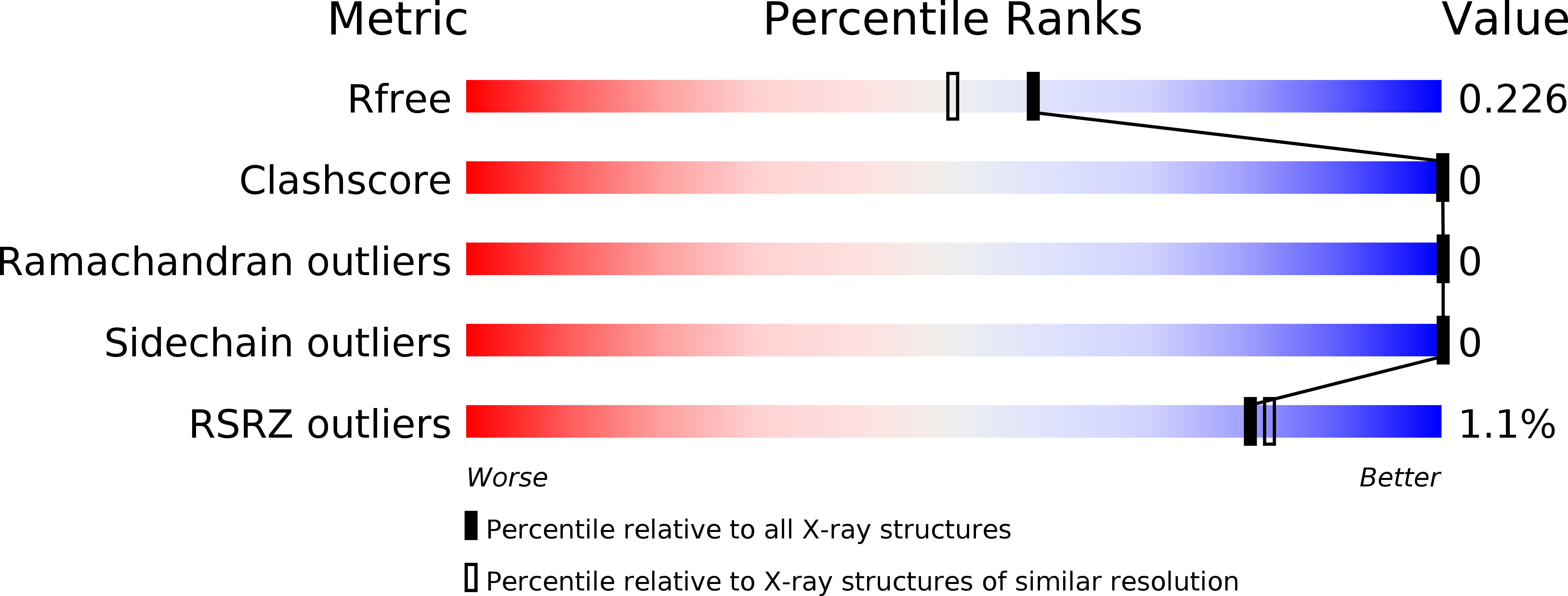
Deposition Date
2017-06-29
Release Date
2018-12-26
Last Version Date
2024-01-17
Entry Detail
PDB ID:
5OC5
Keywords:
Title:
Crystal structure of human tRNA-dihydrouridine(20) synthase dsRBD K419A-K420A mutant
Biological Source:
Source Organism:
Homo sapiens (Taxon ID: 9606)
Host Organism:
Method Details:
Experimental Method:
Resolution:
1.89 Å
R-Value Free:
0.22
R-Value Work:
0.16
R-Value Observed:
0.17
Space Group:
P 41


